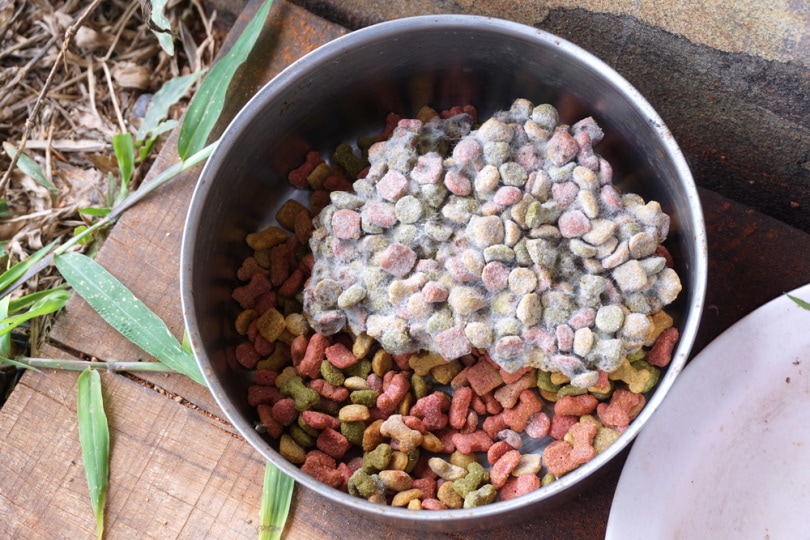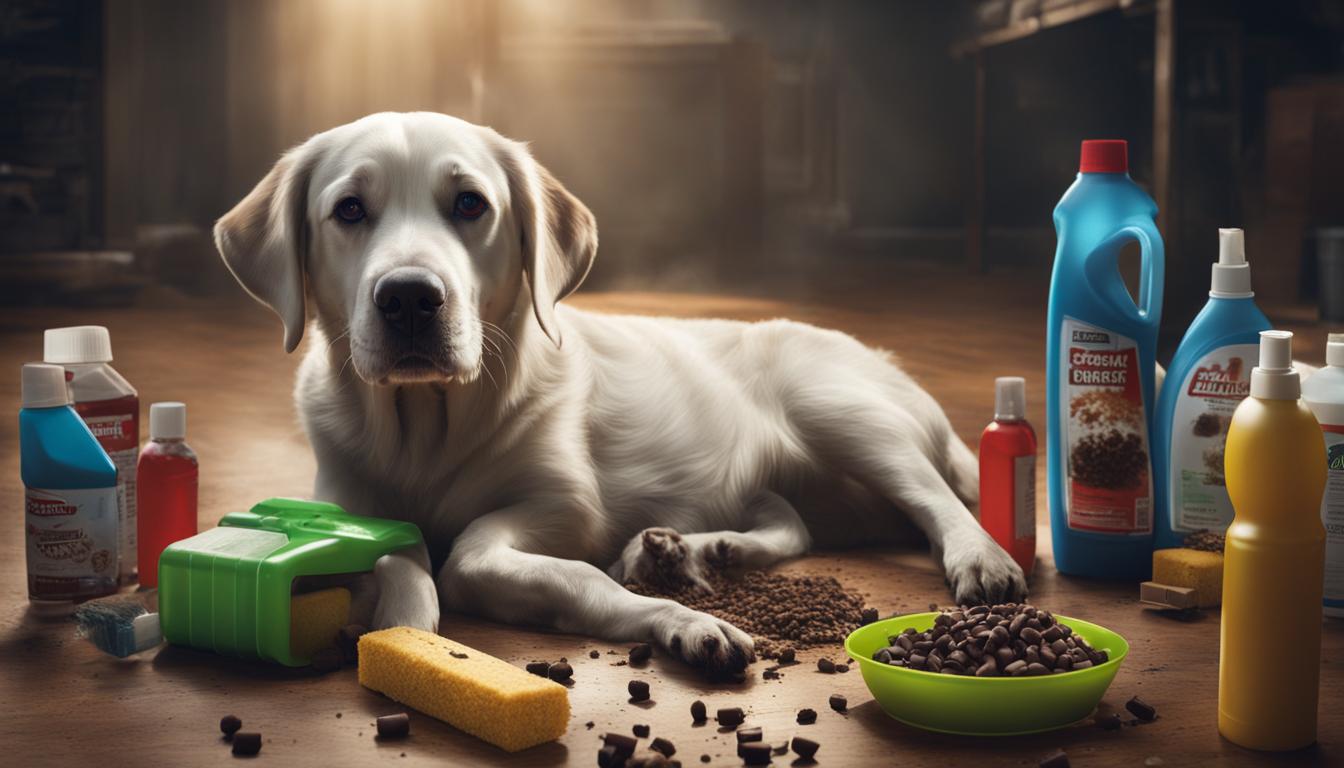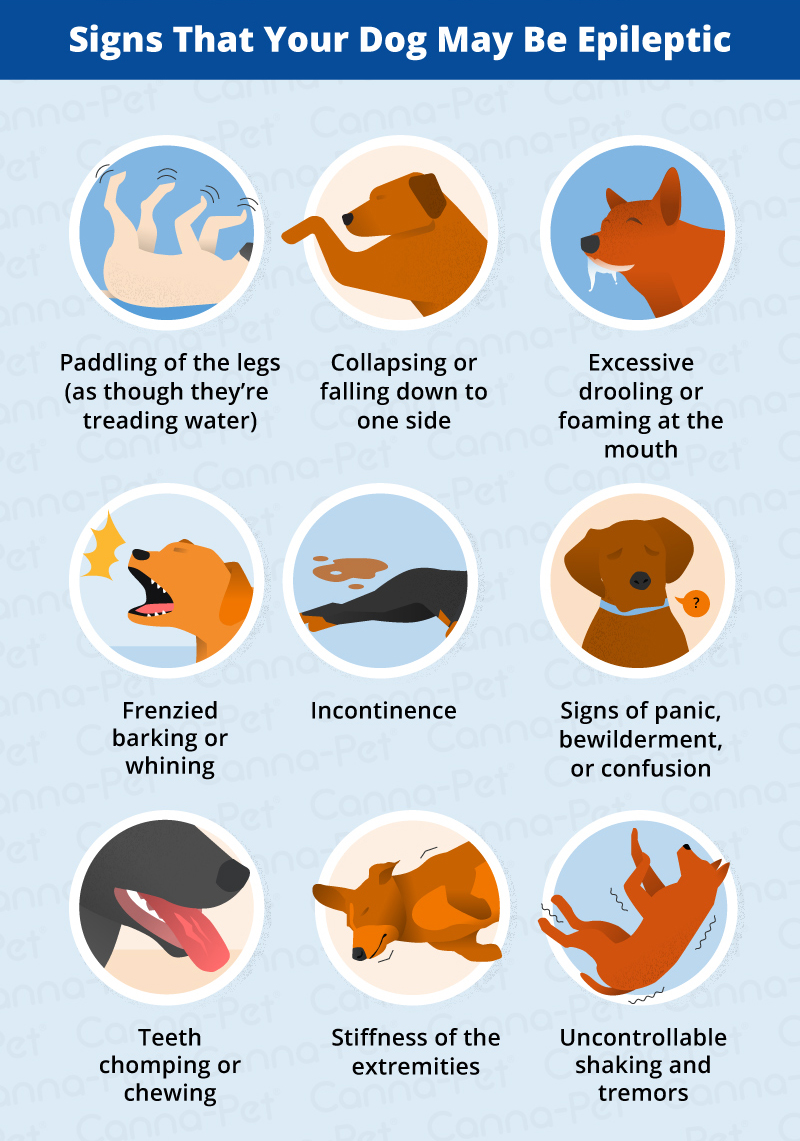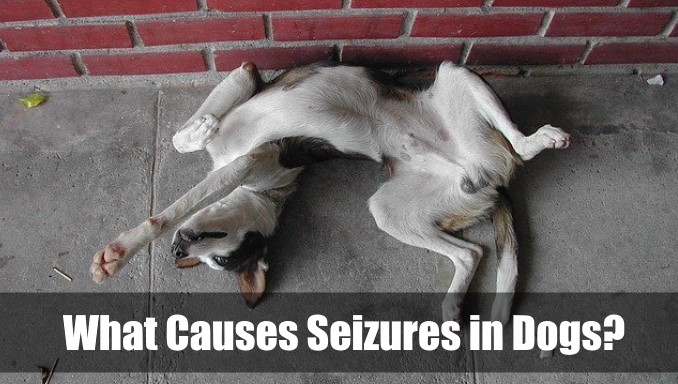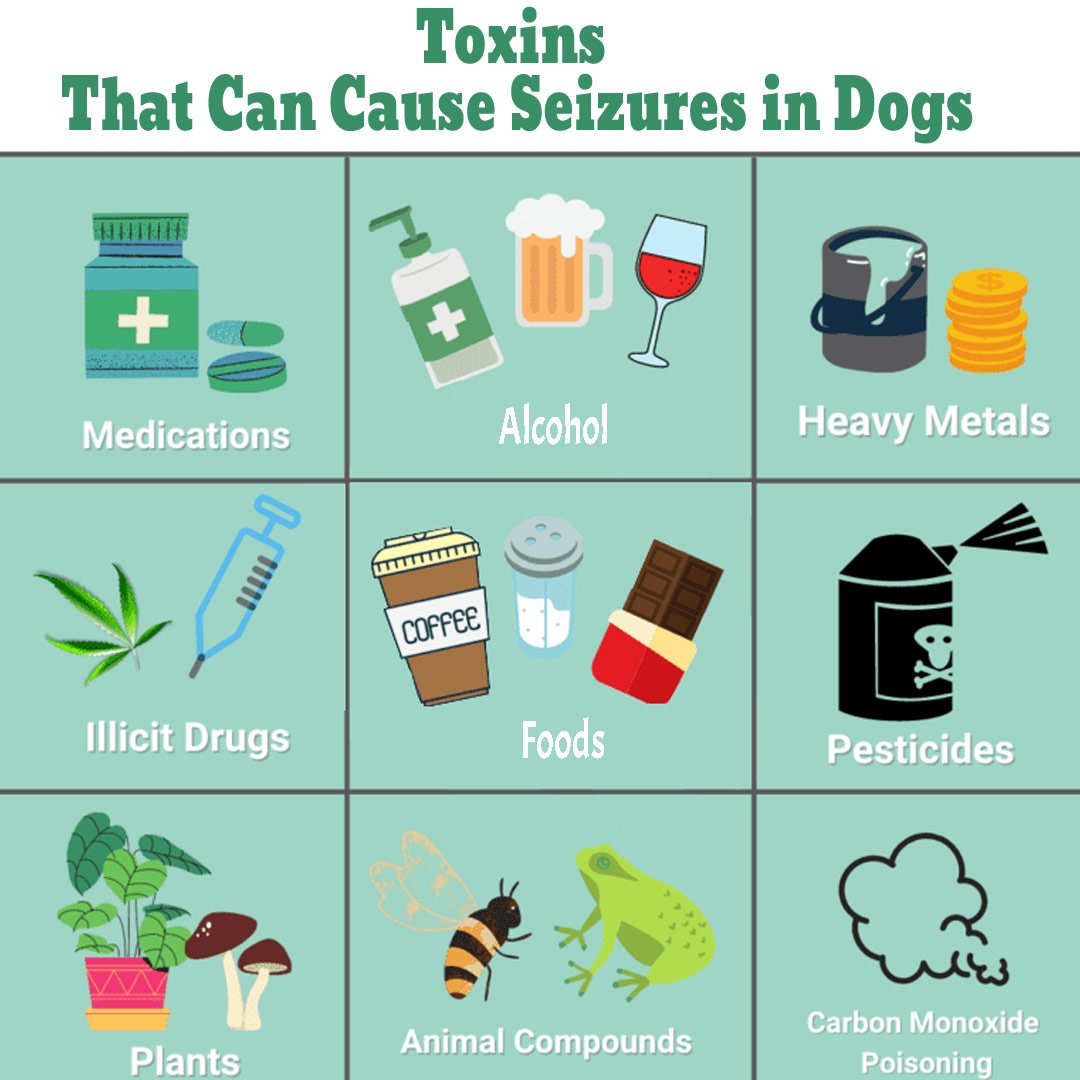Can Mold Cause Seizures In Dogs

For dog owners, the health and well-being of their furry companions is a top priority. Recently, concerns have surfaced regarding a potential link between mold exposure and seizures in dogs, sparking debate and prompting further investigation within the veterinary community.
This article explores the available evidence, expert opinions, and ongoing research surrounding this issue. It aims to provide dog owners with a balanced understanding of the potential risks and necessary precautions to safeguard their pets' health.
The Alleged Link: Mold and Canine Seizures
The idea that mold exposure can trigger seizures in dogs isn't entirely new. Anecdotal evidence from dog owners and some holistic veterinarians has suggested a correlation, particularly in cases where dogs have unexplained seizures and live in mold-contaminated environments.
However, it is crucial to distinguish between anecdotal reports and scientifically validated research. The *definitive* link between mold and seizures in dogs remains a topic of ongoing investigation.
Understanding Mold and Its Potential Toxins
Mold is a type of fungus that thrives in damp environments. Many species of mold exist, and some produce mycotoxins, toxic substances that can pose health risks to both humans and animals. Mycotoxins can be inhaled, ingested, or absorbed through the skin.
Exposure to certain mycotoxins has been linked to a variety of health problems, including respiratory issues, allergic reactions, and neurological problems in humans. The impact on dogs, however, is less extensively researched.
According to the Environmental Protection Agency (EPA), the types of molds that produce mycotoxins are common, but mycotoxin production depends on the specific mold species, the growth environment, and other factors. This variability makes it difficult to predict the precise effects of mold exposure.
Veterinary Perspectives and Research Gaps
The mainstream veterinary community generally acknowledges the potential for mycotoxins to negatively impact canine health. However, most veterinarians emphasize that seizures are typically caused by other more common factors.
These include genetics, brain tumors, infections, metabolic disorders, and exposure to certain toxins. Ruling out these other causes is paramount when a dog experiences seizures.
Dr. Emily Carter, a veterinarian specializing in neurology, stated, "While mold exposure can certainly contribute to a dog's overall toxic load and potentially exacerbate existing conditions, it's rarely the primary cause of seizures. Thorough diagnostic testing is crucial to identify the underlying reason for the seizure activity."
Symptoms to Watch For
If you suspect your dog may be exposed to mold, particularly if they are experiencing seizures, it’s vital to observe and record any other accompanying symptoms. These may include:
- Respiratory problems (coughing, sneezing, difficulty breathing)
- Skin irritation (itching, redness, hair loss)
- Gastrointestinal issues (vomiting, diarrhea)
- Lethargy or weakness
- Neurological symptoms (tremors, incoordination)
It's important to note that these symptoms can also be indicative of other health problems, underscoring the need for a veterinary examination.
What to Do If You Suspect Mold Exposure
If you suspect your dog is experiencing seizures or other health problems due to mold exposure, the first step is to consult with your veterinarian. Provide them with a detailed history of your dog's symptoms, living environment, and any potential exposure to mold.
Your veterinarian can perform diagnostic tests to rule out other potential causes of the seizures. They can also advise on treatment options to manage the seizures and any other health problems.
In addition to seeking veterinary care, it’s crucial to address any potential mold problems in your home. Professional mold remediation is often necessary to effectively remove mold and prevent its recurrence.
Preventative Measures for a Healthy Home
Preventing mold growth is key to protecting your dog's health. Here are some steps you can take:
- Control humidity levels in your home.
- Ensure proper ventilation, especially in bathrooms and kitchens.
- Promptly repair any leaks or water damage.
- Regularly clean and disinfect areas prone to mold growth.
By taking these preventative measures, you can minimize the risk of mold growth and create a healthier environment for both you and your canine companion.
Maintaining a clean and dry living environment is crucial for the overall health of your dog.
While the direct link between mold and seizures in dogs is still under investigation, there is no doubt that mold exposure can negatively impact their health. By taking preventative measures, dog owners can significantly reduce the risk of mold-related health problems.
If you are concerned about mold exposure, consult with your veterinarian. They can help you determine the best course of action for your dog's individual needs and provide guidance on creating a healthy environment for your furry friend.


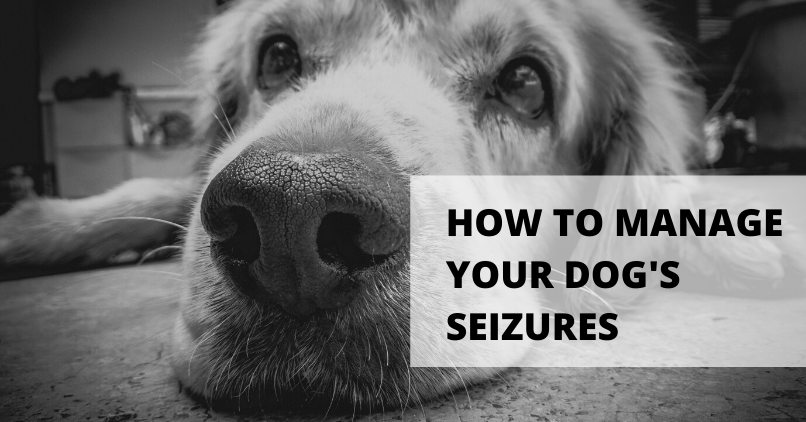
:max_bytes(150000):strip_icc()/what-causes-seizures-in-dogs-3384662-revised-b8045ead77ad4783bd025b3c6069002d.png)
